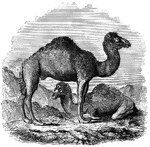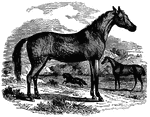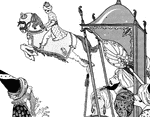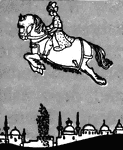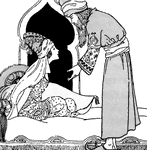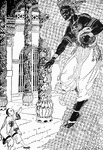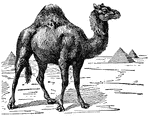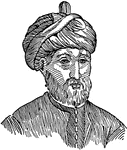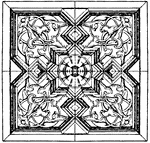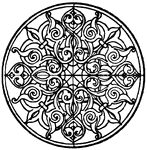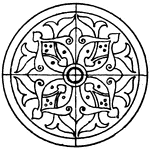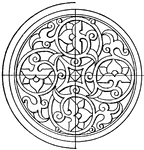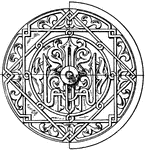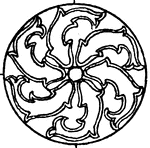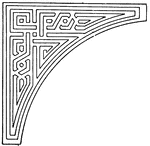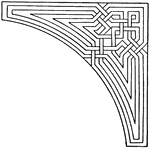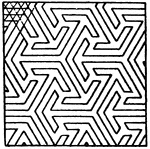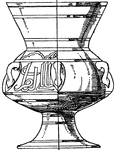Search for "Arabian Nights"
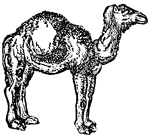
Camel
Two-humped camels are found in Central Asia, while one-humped camels are domesticated and found in Arabia…
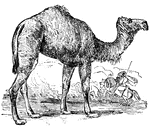
Camel
Two-humped camels are found in Central Asia, while one-humped camels are domesticated and found in Arabia…

War in Georgia
"The war in Georgia. Wagon train passing Resaca at night. Our correspondent wrote: 'No general probably…
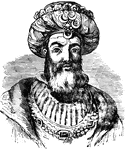
Haroun Al Rascid
"No reader of the 'Thousand and One Nights' can have forgotten Haroun Al Rascid, the caliiph of Bagdad,…

Arabesque
"Means merely after the Arabian manner; and, so far as etymology is concerned, might therefore be general…
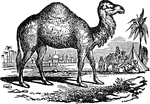
Dromedary
"A name sometimes given, probably at first through mistake, to the Arabian or one-humped camel, bu properly…

Earth Axis
"Now it is the inclination of the Earth's axis, as above described, which causes the lengths of the…

Earth Axis
"Now it is the inclination of the Earth's axis, as above described, which causes the lengths of the…
Rebec
An old stringed instrument somewhat similar to the violin, having properly three strings tuned in fifths…
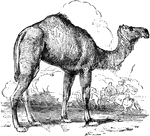
Dromedary Camel
The one-humped or dromedary camel is an ungulate distinguished by the hump on the animal's back.

Knights
A group of knights on a quest for King Arthur to find Mabon, the son of Modron, who was stolen from…
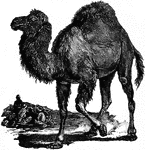
Dromedary
The Dromedary camel (Camelus dromedarius) is a large even-toed ungulate. It is often referred to as…
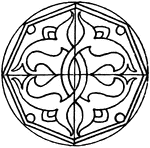
Arabian Star-Shape Panel
The Arabian star-shape panel is a symmetrical design. Edited by FCIT to present complete image.
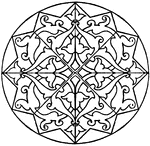
Arabian Star-Shape Panel
This Arabian star-shape panel is a ceiling painting. It is a polygonal shape of a radiating axis. Edited…

Arabian Star-Shape Panel
This Arabian star-shape panel is a ceiling painting. It is a polygonal shape of a radiating axis. Edited…
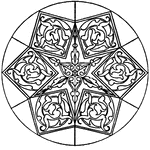
Arabian Star-Shape Panel
This Arabian star-shape panel is an 18th century ceiling painting. It is a polygonal shape of a radiating…
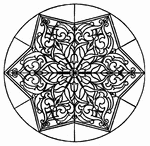
Arabian Star-Shape Panel
This Arabian star-shape panel is an 18th century ceiling painting. It is a polygonal shape of a radiating…
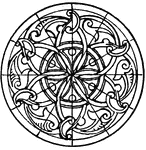
Arabian Bas-Relief Circular Panel
The Arabian Bas-relief circular panel is a 14th century design found on a door in Cairo, Egypt.

Arabian Mosaic Square Pattern
The Arabian mosaic circle pattern is inlaid pieces of stucco on stone.
Spring Equinox and Autumn Equinox
"Relative positions of the earth and the sun on March 21 (spring equinox) and September 21 (autumn equinox)…
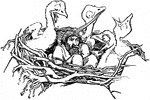
The Arabian Nights
This is an illustration of "The Arabian Nights" by artist J.D. Batten. It is a collection of pre-Islamic…
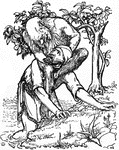
The Arabian Nights
This is an illustration of "The Arabian Nights" by artist J.D. Batten. It is a collection of pre-Islamic…
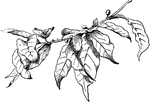
Common or Arabian Coffee
Common or arabian coffee are the common names of coffea arabica. The fruit of the plant is a two seeded,…

Tomb
Tombs hewn in the rock at Petra, an old Arabian city located in Ma'an, a governorate of Jordan, which…

The Deluge - Noah's Ark Floats into the Rising Flood Waters as People Trapped on Land Watch in Horror
"And every living thing was destroyed that was upon the face of the ground, both man, and cattle, and…

Jonah is Swallowed by a Great Fish Sent by God
"And Jehovah prepared a great fish to swallow up Jonah; and Jonah was in the belly of the fish three…
